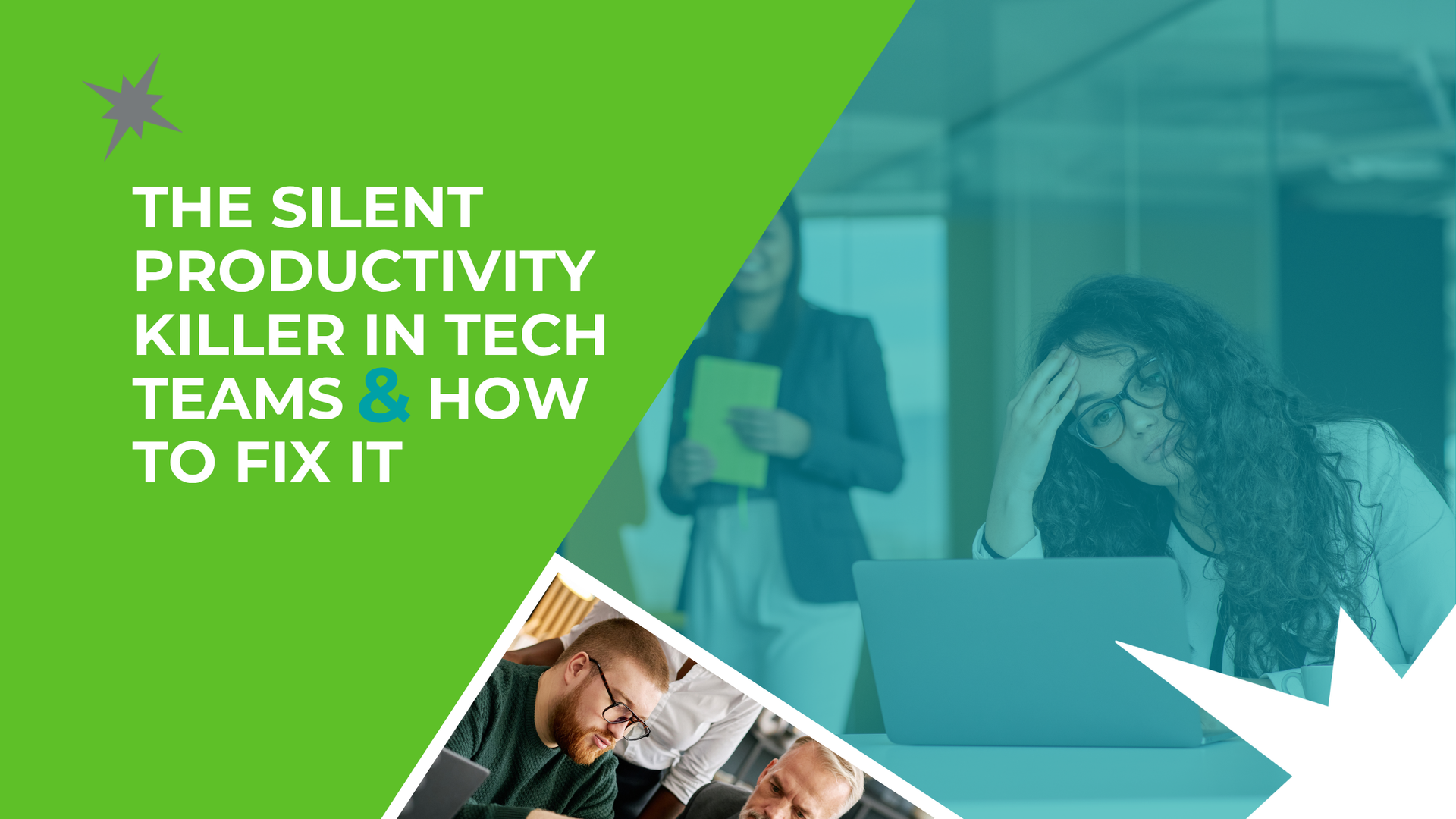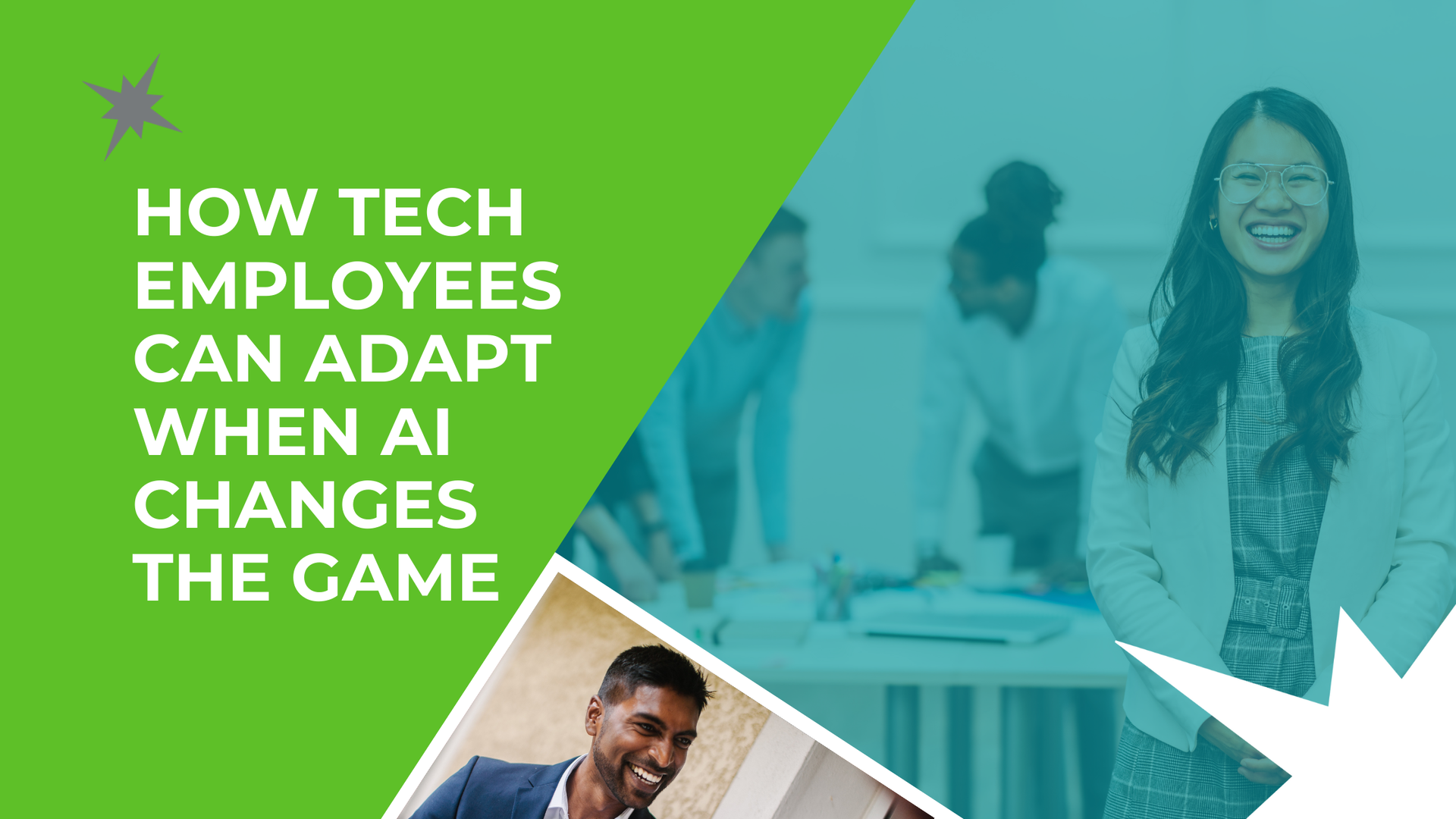News & Insights
< Back to Blogs
Four Onboarding Steps to Ensure Your New Hire is a Success

We all know the impact that first impressions can have and this is certainly the case when it comes to introducing new employees to your team in the IT industry. Without using a planned onboarding process, all your hiring efforts can easily be undone and increase the chances of a new employee leaving, soon after they arrive! However, by making them feel welcomed, valued and fully prepared, you’ll be helping with the transition and setting them up for success in their new role. If your onboarding process needs some attention, but you aren’t sure where to begin, here are a few helpful tips to get you started.
It Starts with the Job Description
Whilst officially, onboarding won’t kick off until an employee begins, a successful onboarding program starts well before their start date. All candidates want to know the facts before joining a new company. Prior to accepting any job offer, they’ll often want to contrast and compare job descriptions, salary packages, work and office environments. This is why it’s essential to begin the recruitment process with a clear and in-depth job description, taking care not to oversell the role (or organisation) and being honest and upfront from the beginning.
As a new starter, there is nothing worse than having a certain set of expectations, only to have them not met when you officially start – therefore, to reduce the risk of losing them, it’s a good idea to reinforce those expectations (of both employee and employer) in the interview and the rest of the employee onboarding process.
The Importance of Preparation
It is vital that all the finer details are accounted for within the onboarding process. Not only will good preparation ensure new employees feel welcomed and included, but it will also help to get them off to a smooth start in their new role. Start by making an announcement to staff (via email or in person), providing the team with details on their background, as well their new role within the company. That way, they’ll be more prepared to assist in those first few days.
When starting out in a new job, everyone wants to hit the ground running, so ensure everything from desk, phones, laptops, security, logins and business cards are set up and available from day one. For office-based roles, it’s also a great idea to print out a detailed floor plan of the office (with everyone’s name on) to make their life easier when a) trying to remember names and b) finding the people they need to speak to. Some organisations also like to take it to the next level and provide new starters with gifts and other branded items like t-shits, although this isn’t always necessary.
Don’t Forget About Training
Training is something that will vary between companies and roles, but it’s still important to set aside a good amount of time for training new staff. After all, putting the hard yards in at the beginning of a new role will save time down the line. Even if it’s similar to previous roles they have performed in, there will likely be differences in processes, procedures and expectations. Therefore, having a training plan in place is essential to setting a precedent and helping your new employee find their feet and feel comfortable in their new environment – no one wants to feel stressed and out of their depth in their first few weeks.
Goal-Setting
This is an often-overlooked process but setting clear and achievable goals is still such an important part of onboarding. All new employees want to know what is expected of them, and what they themselves expect to achieve, especially in those first few months. This is where having a 30, 60 and 90-day plan (with clear goals) goes a long way to clarifying this.
Take the time to track the progress of these goals. This will take away the angst of a new starter, whilst they’ll also be able to see results without having to wait for their first performance review. Picking up on these finer details will also help in uncovering those areas they are excelling in and anywhere they may need extra training and /or support. It’s important to focus on their achievements as well as what they might need to work on too.
Closing Thoughts
When it comes to onboarding, what you reap is essentially, what you will sow. Successful onboarding requires thought, detail and effort – and done correctly, will ensure a content, ambitious and high achieving employee. The first few weeks of employment always sets the tone and relationship with the business in the long-term, so get the onboarding steps right and you’ll ensure a smooth transition.
For further onboarding best practice or support with your IT recruitment needs, speak with the EITR team.
Share This Article
Recent Articles

Filter By Category
Subscribe to our News & Advice












